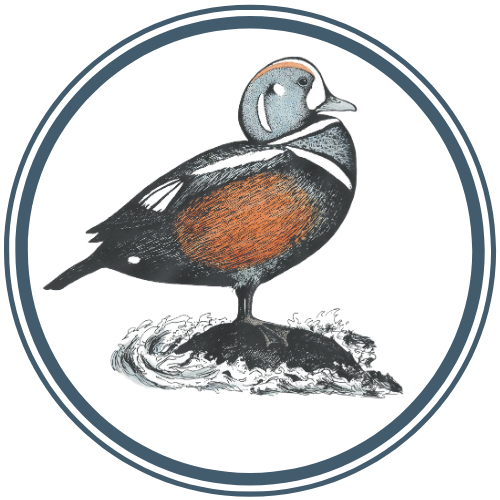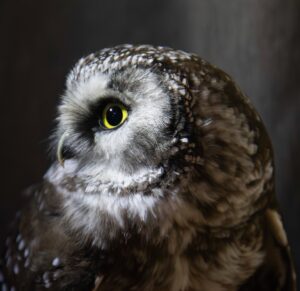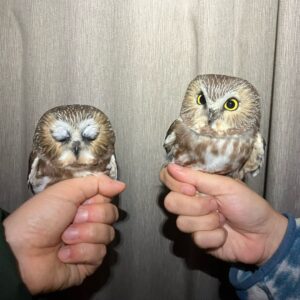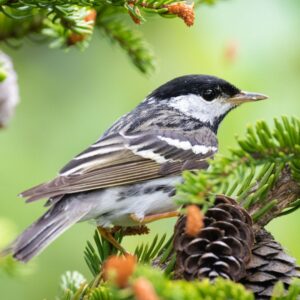9 January 2025
2024 Project Recap
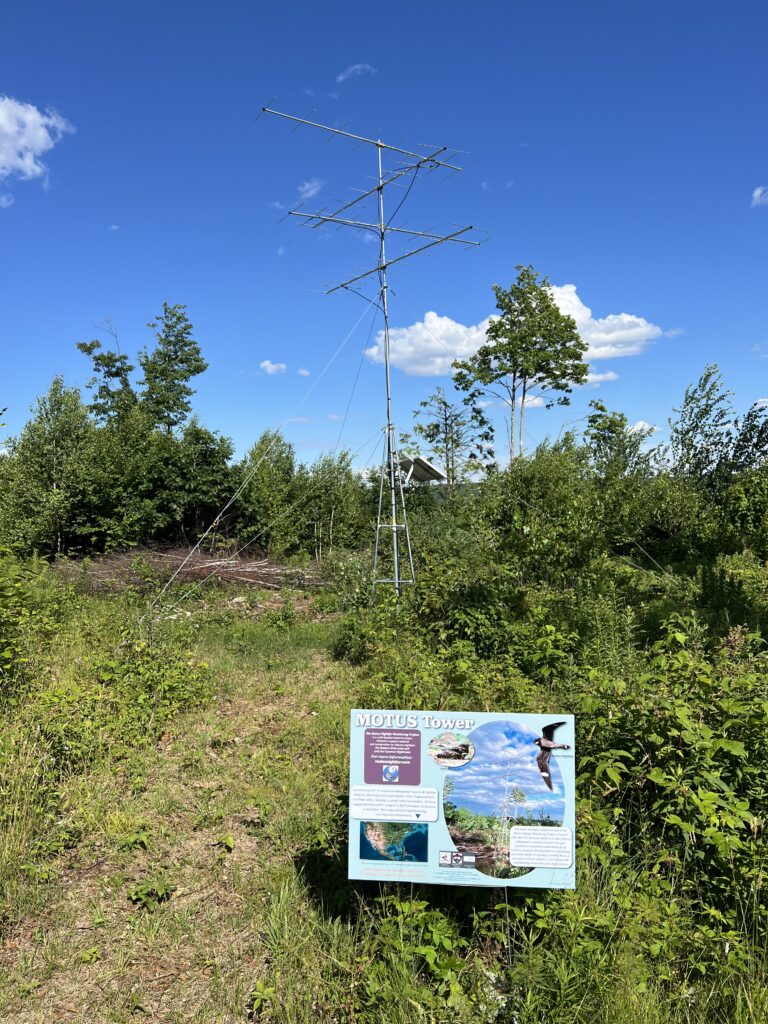
2024 was a highly successful year of effort for the Maine Nightjar Monitoring Project (MNMP). During this, our second year of expanded efforts, we advanced the mission of the project in several key areas including VHF radio transmitter deployment, nest site monitoring and assessment as well as the launch of two Motus receiver stations. A 25’ pop-up mast station was established on Surry Hill in Fayette, Maine, a conservation property managed by the Kennebec Land Trust. A second station was established within the North Maine Woods utilizing a 60’ Rohn tower (formally a communication tower) in T11 R17 WELS (Daaquam), Maine on lands managed by The Nature Conservancy (TNC). Both towers detected nightjars tagged by the project as well as birds tagged by other regional Motus efforts.
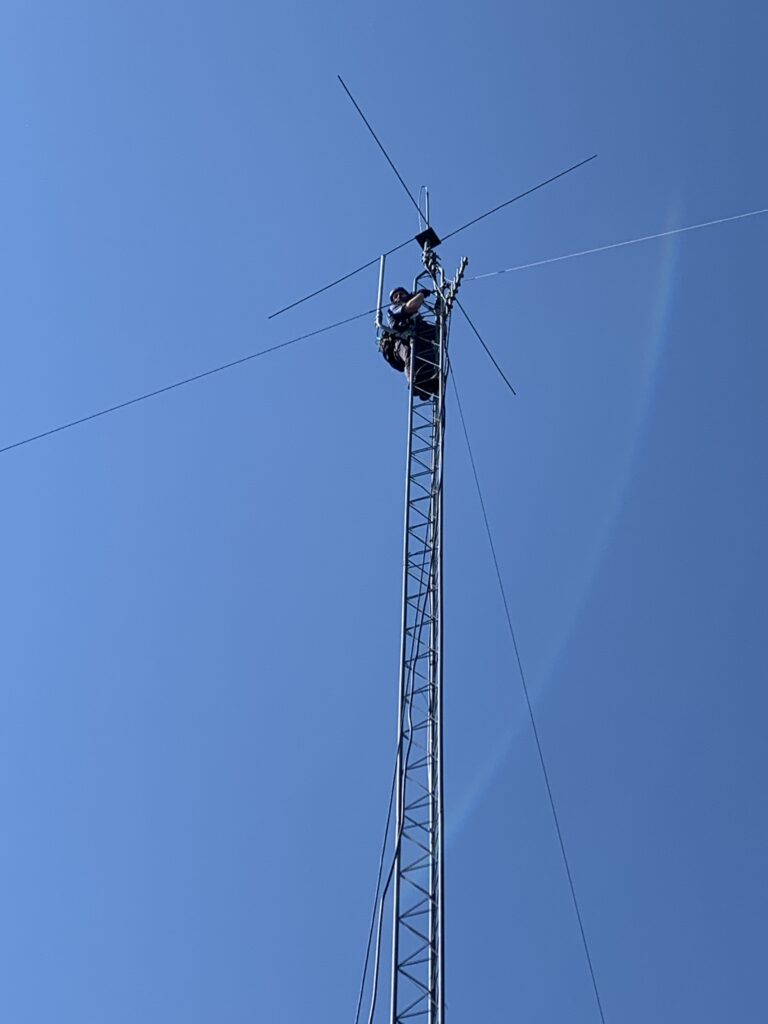
To date, this project has marked 60 individual nightjars including 48 Eastern Whip-poor-will and 12 Common Nighthawk and conducted assessments of 10 nest sites (7 EWPW/3 CONI). Fecal samples collected during the 2023 and 2024 banding efforts have been shipped to the Foster Lab at Northern Arizona University for DNA metabarcoding analysis. Feather samples collected during this same period will be processed at the Biodiversity Research Institute’s Center for Mercury Studies. The results from autonomous recording units (ARUs) deployed in Northwestern Maine are currently being assessed as part of a detectability study. Over the winter months, project staff will utilize photographs collected in 2023 and 2024 to study molt patterns and develop standardized methods for capturing this information during subsequent field efforts.
2024 was also a productive year for establishing new partnerships and collaborations. In addition to continuing the connections made in 2023, the project began partnerships with TNC, the Maine Entomological Society, Blue Hill Heritage Trust, and many private landowners who generously granted access to their properties to facilitate research. The MNMP is a highly collaborative endeavor, and we are grateful for all of the partnerships and supporters that have enabled our project to conduct this research.
Plans for 2025

The MNMP will use the successes, challenges, and lessons learned in our first two years of effort to inform our field efforts in 2025. We will continue to conduct VHF radio transmitter deployment and tracking efforts at our established study sites (with those sites with Motus receiver stations taking priority). Additionally, we will establish a new Motus receiver station within the Killick Pond Barrens system in Hollis, Maine as our field efforts conducted within this system have been highly productive to date, with several tag deployments for both study species. This deployment will be completed in April 2025 to ensure the station is active ahead of the spring movement of tagged birds returning to their breeding grounds. This new tower deployment site will be of value, not only for our efforts given its proximity to our Hollis study site, but to the Motus network as a whole, since its coverage area will encompass an existing gap in Motus receiver coverage.
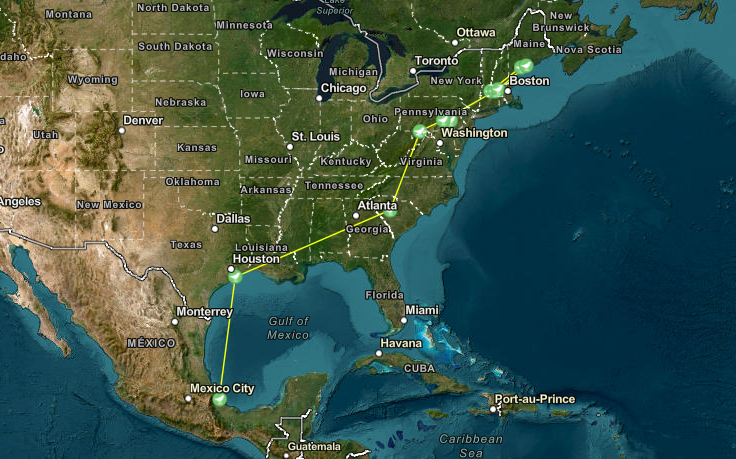
(Learn more on the Moondancers story map)
Our priority at the onset of the 2025 field season will be the tracking of returning tagged birds to identify nest locations to increase our nest sample size. Identified nests will continue to be remotely monitored using infrared cameras to determine potential nest predators and gather information on breeding outcomes. We will also continue to collect fecal and feather samples during banding/tagging events. Additionally, we will deploy insect sampling units (using the UV bucket trapping protocol developed by M. Ward and T.J. Benson) to sample prey availability at our study sites, working with partners at the Maine Entomological Society to process and identify insects sampled.
At the conclusion of the 2025 field season, the project’s Principal Investigators will conduct a thorough analysis of the data collected over the course of the project to date and publish our findings in a comprehensive report to our project partners, a manual with best management practices for land managers, as well as publication(s) in peer reviewed journals. We will continue to seek opportunities to collaborate with other land managers and regional nightjar research/conservation projects to facilitate continued efforts in future field seasons.
- by Logan Parker
Share
Learn more about
The Maine Nightjar Monitoring Project
Read about the project, see the latest news, and explore the Motus tracking maps.
Common Nighthawk | Logan Parker
Related Content
-
-
-
10/19/25: A Discussion with Elliot Johnston
Elliot, an ecologist at Maine Natural History Observatory, discusses his work on purple sandpipers, island songbirds, and upcoming research on mammals and Black Guillemots. He also reflects on his path into field biology, from backyard bird feeders to graduate school at the University of Maine, and shares his perspective on Maine’s islands as unique self-contained ecosystems with rich opportunities for future research.
